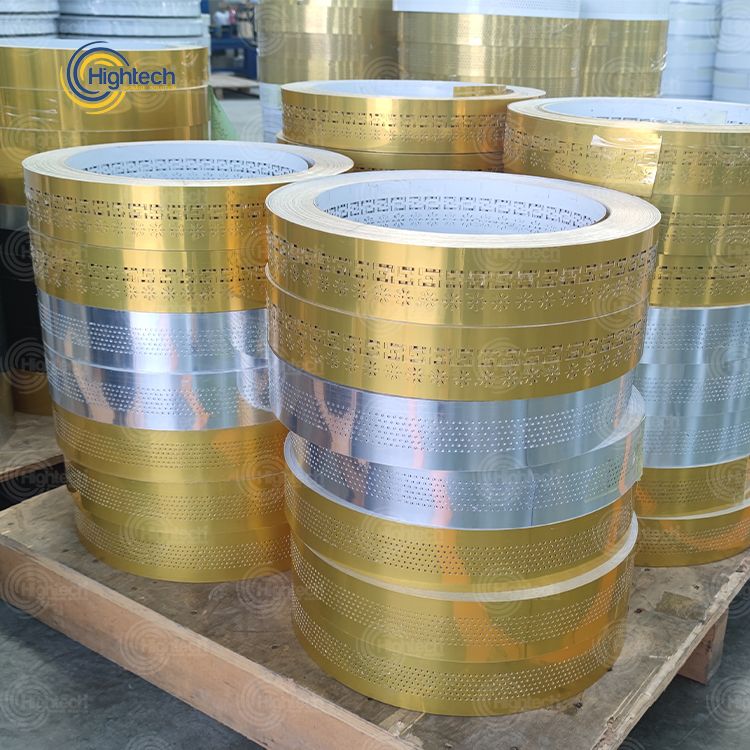Top Sealing Strips for Doors to Enhance Energy Efficiency and Comfort
Dec . 09, 2024 16:25 Back to list
Top Sealing Strips for Doors to Enhance Energy Efficiency and Comfort
Choosing the Best Sealing Strip for Your Door A Comprehensive Guide
When it comes to home maintenance, one often overlooked component is the sealing strip for doors. These strips play a crucial role in ensuring your living space remains comfortable and energy-efficient. Whether you’re battling chilly drafts, noisy neighbors, or insects, the right sealing strip can make a significant difference. This article will explore the best sealing strips for doors and highlight essential factors to consider when making your choice.
What is a Sealing Strip?
A sealing strip, often referred to as weatherstripping, is a material designed to fill the gaps between a door and its frame. They can be made from various materials, including foam, rubber, vinyl, and metal. The primary purpose of these strips is to create a tight seal when the door is closed, preventing air leaks, moisture entry, and sound infiltration.
Why You Need a Sealing Strip
1. Energy Efficiency One of the most significant benefits of installing a sealing strip is the enhancement of energy efficiency in your home. Air leaks can lead to increased heating and cooling costs. A well-sealed door prevents conditioned air from escaping, keeping your home at a stable temperature.
2. Comfort Drafts can make your living space uncomfortable, especially during extreme weather conditions. A sealing strip assists in maintaining a consistent temperature, ensuring your home remains cozy in winter and cool in summer.
3. Noise Reduction If you live in a noisy area, a good sealing strip can help block out unwanted sounds. By filling the gaps around your door, you will create a quieter indoor atmosphere.
4. Pest Control While sealing strips provide insulation and soundproofing, they also serve as a barrier against pests. Insects and small rodents often find their way into homes through gaps and openings. A properly fitted sealing strip can help keep them at bay.
Choosing the Best Sealing Strip
best sealing strip door

When selecting a sealing strip for your door, consider the following factors
1. Material
The material of the sealing strip will significantly affect its durability, effectiveness, and installation ease. Common materials include
- Foam Affordable and easy to install, foam strips are ideal for temporary solutions. However, they may not last as long as other materials. - Rubber Known for its sturdiness and longevity, rubber is an excellent choice for exterior doors as it withstands harsh weather. - Vinyl This material offers a balance between affordability and durability. Vinyl strips are often used for interior doors. - Metal For maximum durability, metal seals are the best choice. They work well in high-traffic areas but can be more expensive.
2. Size
To ensure a proper fit, it’s crucial to measure the gaps around your door accurately. Most sealing strips come in various sizes, so you can find one that meets your needs.
3. Installation
Choose a sealing strip that is easy to install. Many options come with adhesive backing, making DIY installation straightforward. Alternatively, you can opt for ones that require nails or screws for a more permanent solution.
Conclusion
Investing in the best sealing strip for your door is a small change that can yield significant benefits. By enhancing energy efficiency, improving comfort, reducing noise, and keeping pests at bay, sealing strips are an essential component of a well-maintained home. Take the time to assess your specific needs, measure your doors accurately, and select the right material to enjoy a more comfortable living environment for years to come.
-
LED Neon Rope Light Outdoor Companies: Durable & Bright Solutions
NewsAug.27,2025
-
Premium Window Seal Strip Adhesive: Manufacturers & Suppliers
NewsAug.26,2025
-
Best Window Seal Strip Adhesive Companies: Strong, Durable Seals
NewsAug.25,2025
-
Karcher A2004 Wet & Dry Vacuum Filter: Premium Replacement Cartridge
NewsAug.24,2025
-
Premium Vacuum Filter for Karcher VC 4, VC 6, VC 7 & Tineco A10, A11
NewsAug.23,2025
-
Hi-Flo HF155 Oil Filter KTM 250 EXC Racing 03-06 | OEM 580.38.005.000
NewsAug.22,2025
